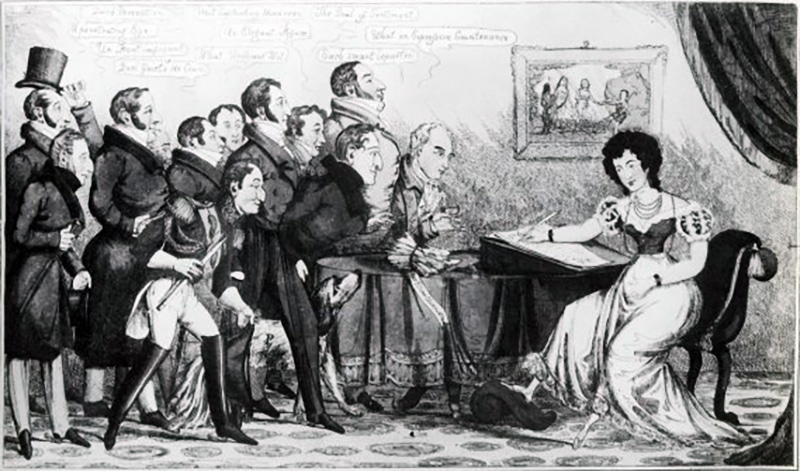How do you know?
Writers are a dime a dozen, but the good ones are worth their weight in gold. That’s because they know how to craft interesting, engaging content that provides value to readers.
When producing original content or evaluating the work of someone who is—whether the output is a simple email, report, presentation, brochure, white paper, article, case study or other form of communication—consider these guidelines for creating exceptional copy.
- Has the writer clearly understood the objective of the content to be written? In general, communications have specific purposes that include: building awareness; informing and educating; persuading; developing confidence; creating interest. If the writer knows the objective(s), it is more likely that the finished product will achieve its goals.
- Does the writer know and understand the profile of the target audience(s)? Operations professionals have different needs and interests than financial personnel. After determining motivational preferences, it’s important to think about writing approaches. Should the content be academic, factual, casual, anecdotal or humorous?
- Is the title appealing? Does it draw readers in and appeal to their curiosity? Is the title catchy or controversial? Does the reader know from the title what the topic is, what information will follow or, at the very least, become interested enough to read on?
- Does the writer use word pictures and visual imagery to communicate the message? Mental images help readers think and remember, so they are an invaluable tool.
- Is the sentences concise, rather than complicated and convoluted? Also, is the content presented in the active tense? If it is, it will be more readable than a passive voice. For example, “The board is considering action on this matter” is preferable to “Action on this matter is being considered by the board.”
- Does every paragraph follow a structure where concepts are developed and supported with facts or examples? Is it well-organized? If you have to read a paragraph over and over again, chances are, it isn’t.
Most important is to determine whether or not the content passes the “so what” test. In other words, will readers really care about what you or someone else has written? As you proof your work or someone else’s, ask yourself, does each paragraph provide value? If you read a paragraph and the significance or benefit isn’t clear, it’s time to go back to the drawing board.
Writers who follow these guidelines are likely to be successful and recognized for their talent and ability.





